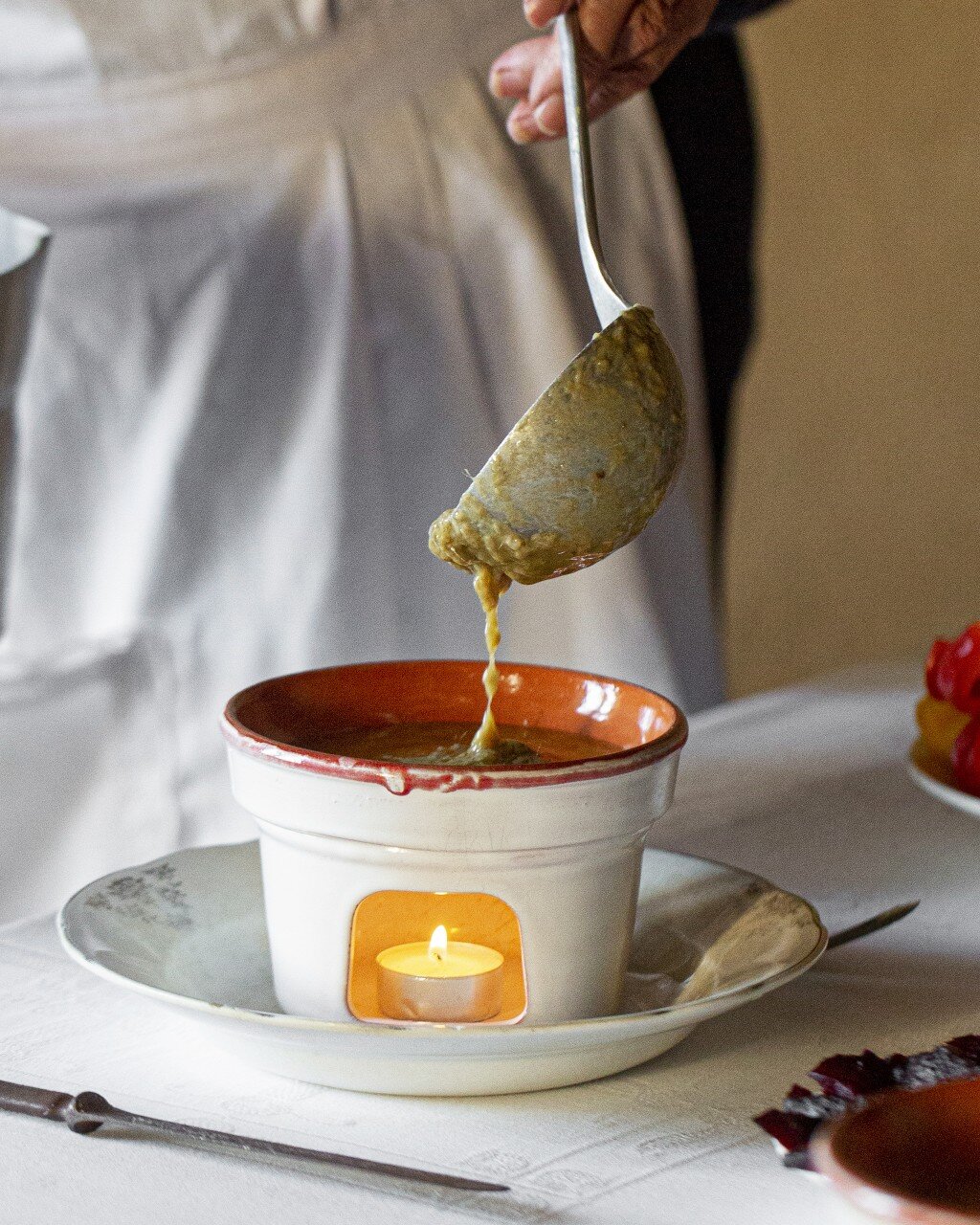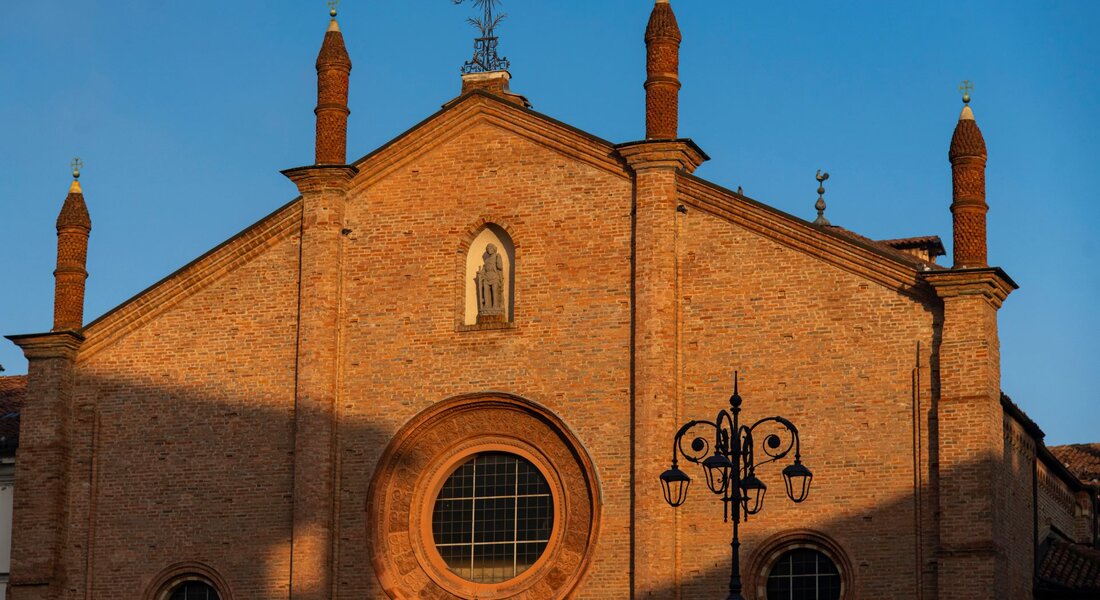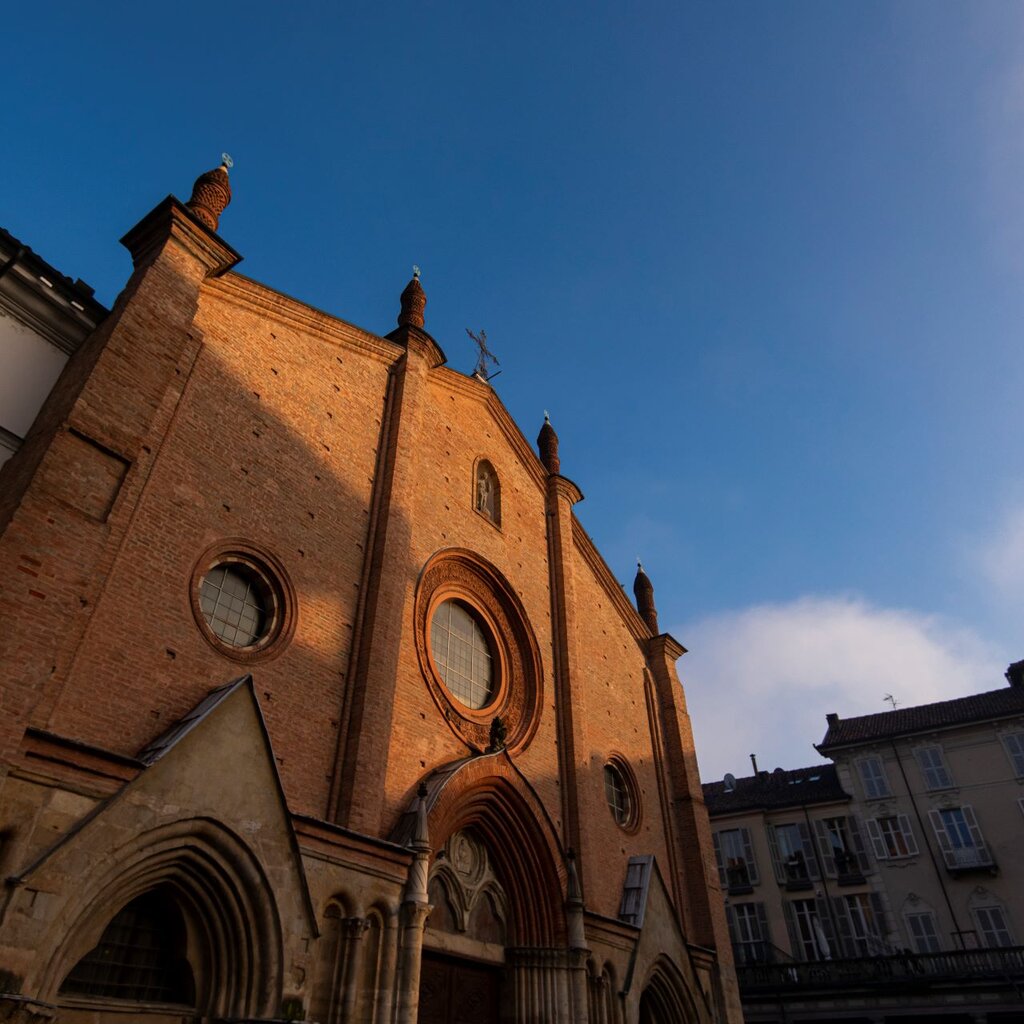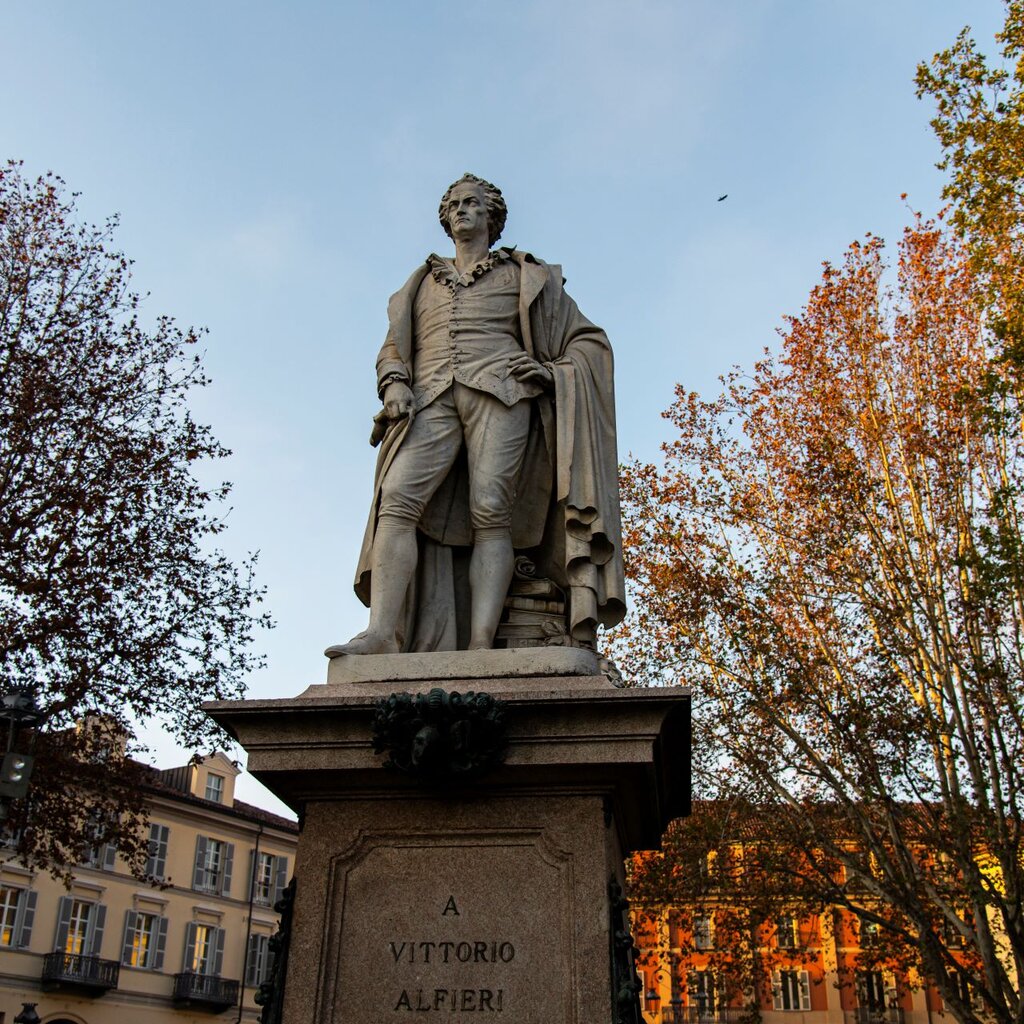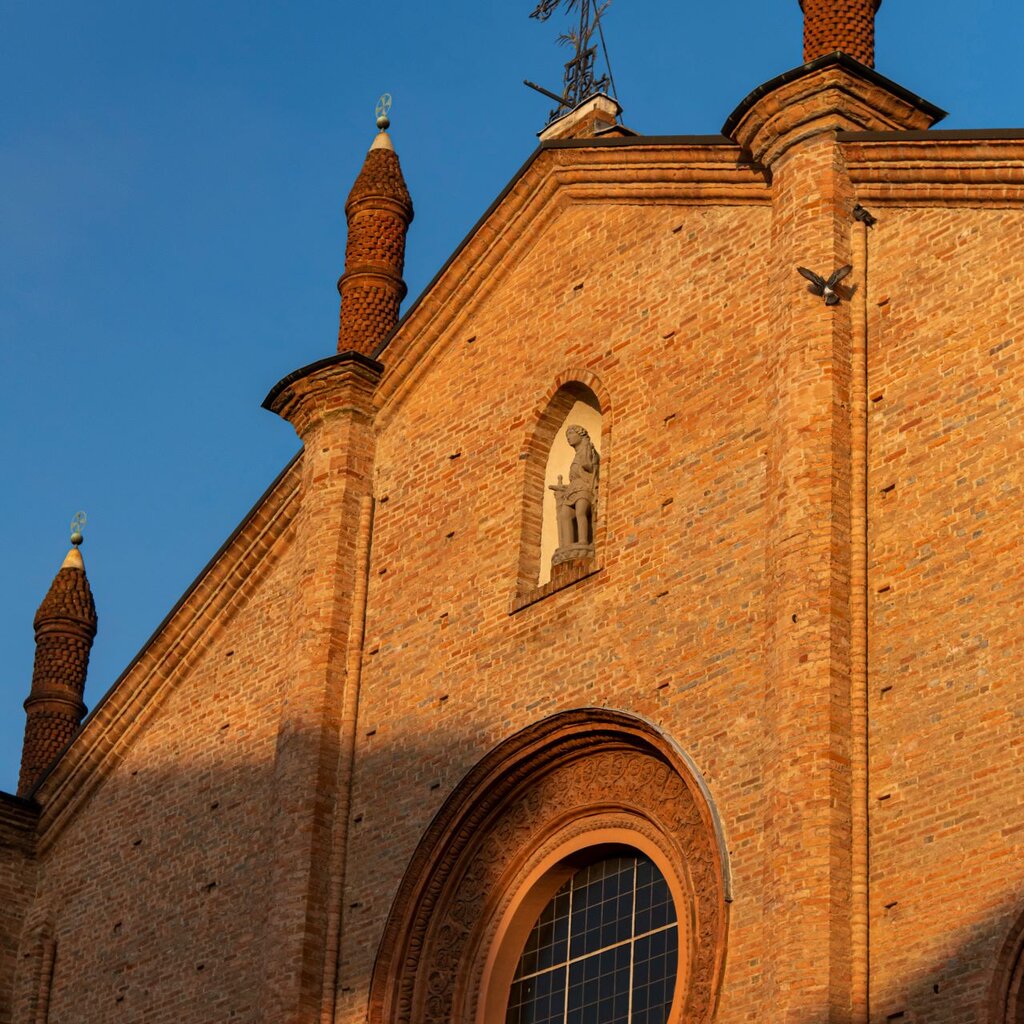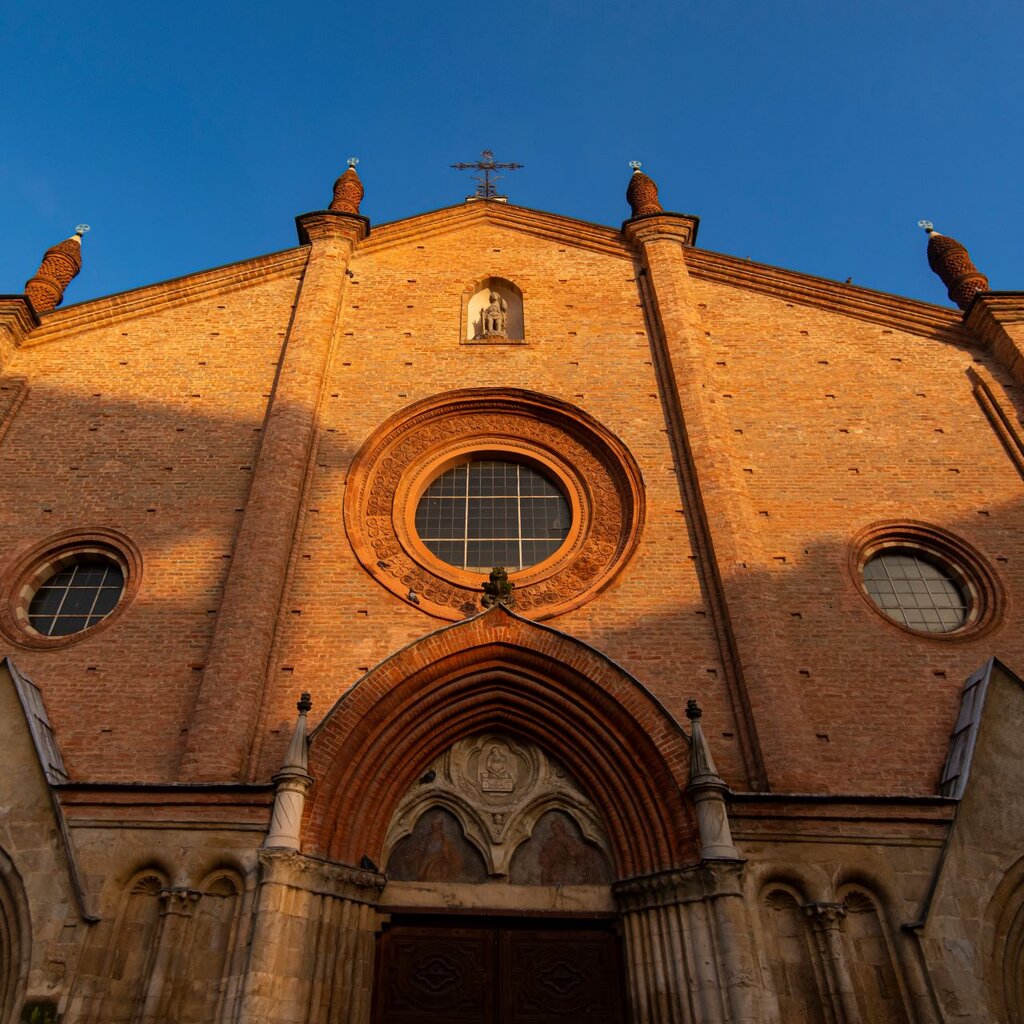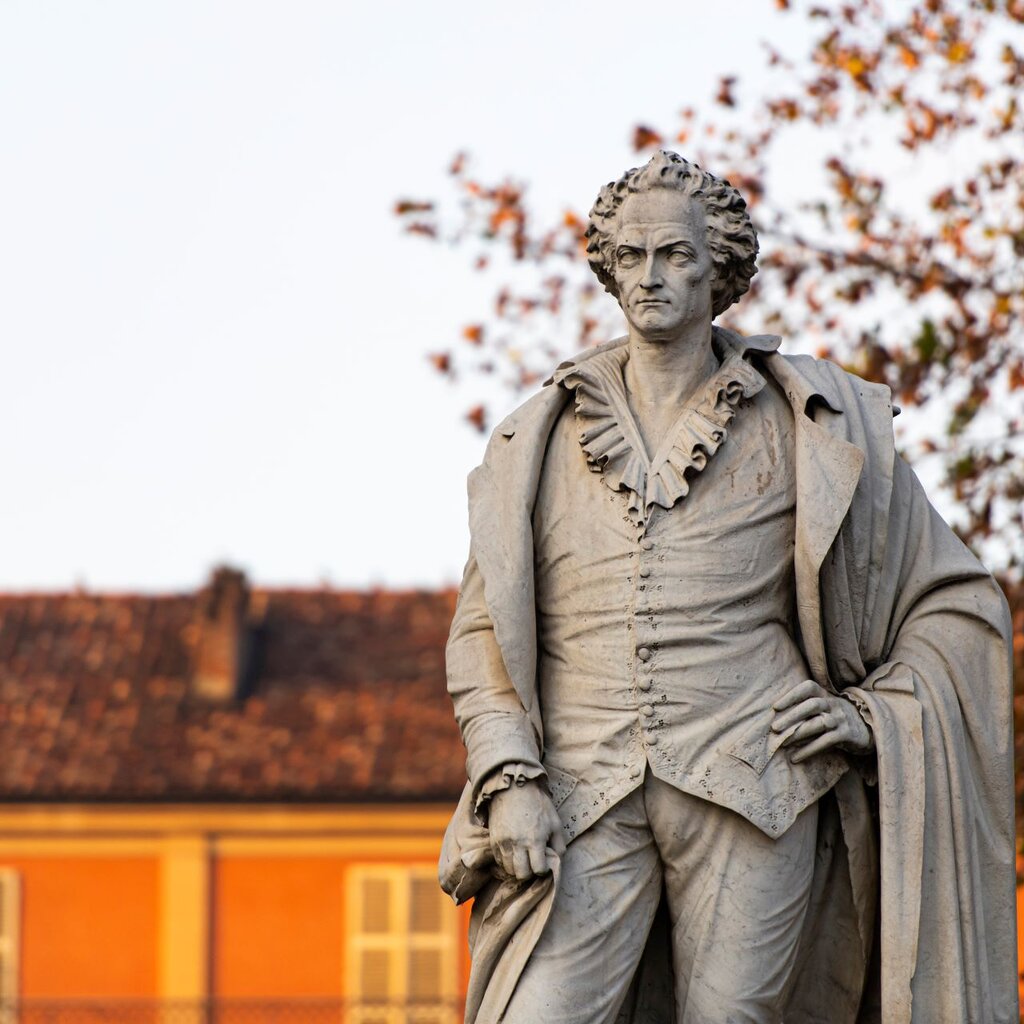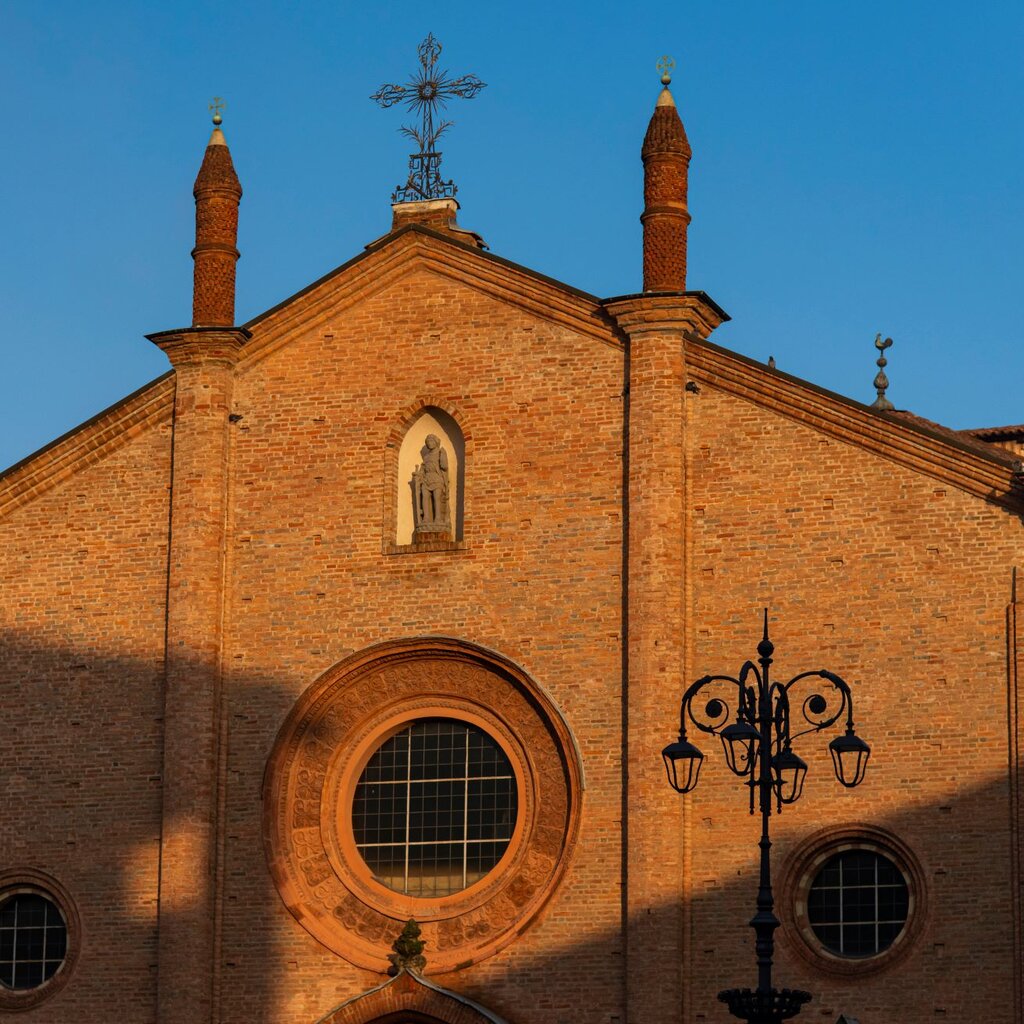Asti, a Free Commune since 1095, with its own laws written in the Codice Catenato (The Code of the Chain), which is still kept in Palazzo Mazzola) and a proud independence ensured by an army that was feared and respected by all its mighty neighbours.
Asti which in 1275, out of mockery, ran around the walls of besieged enemy Alba its traditional Palio, and thus made it the oldest in Italy.
Asti, which for a century founded on its borders some villanova, fortified market centres free from feudal rights but permanently tied to the city by a loyalty pact.
Asti, that would fight Alba then Chieri and would always oppose, like an insurmountable wall, the ambitions of the Marquisate of Monferrato, which in fact never conquered it.
Asti, a Roman city that preserves the identity of its Latin memories, including its patron saint, San Secondo, a martyred Roman soldier.
Find out more
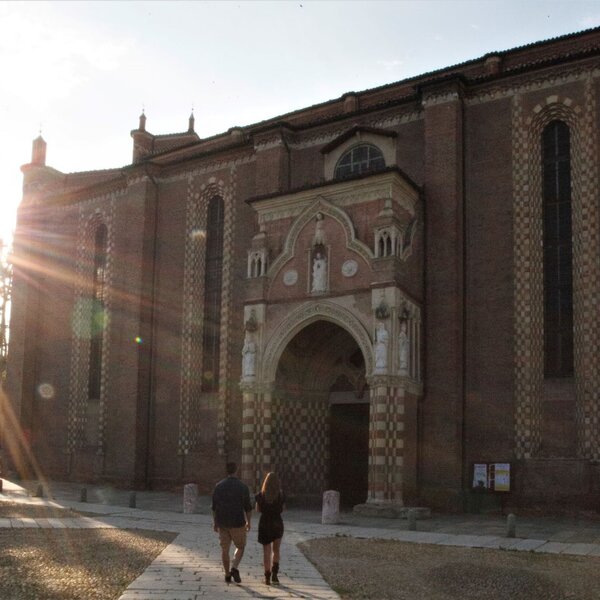
Asti, the Duomo District
Find out more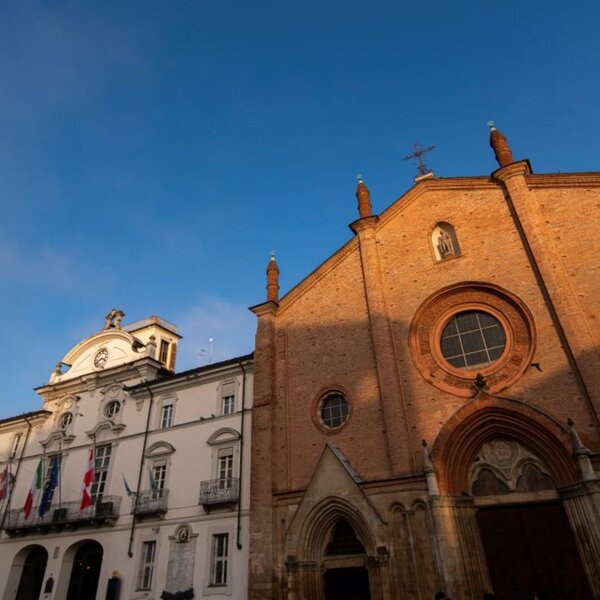
Asti: the city of Merchants
Find out moreAsti, a very ancient diocese dating back to the 4th century that once extended as far as Ceva, whose powerful bishop was the only one in southern Piedmont, along with those of Alba and Acqui Terme.
Asti, which finally fell on 14 August 1342, was submitted to the Visconti family and then passed from hand to hand, from lord to lord. Asti, ingloriously given as a wedding dowry to Valentina Visconti, betrothed to one of the Orléans family.
Find out more
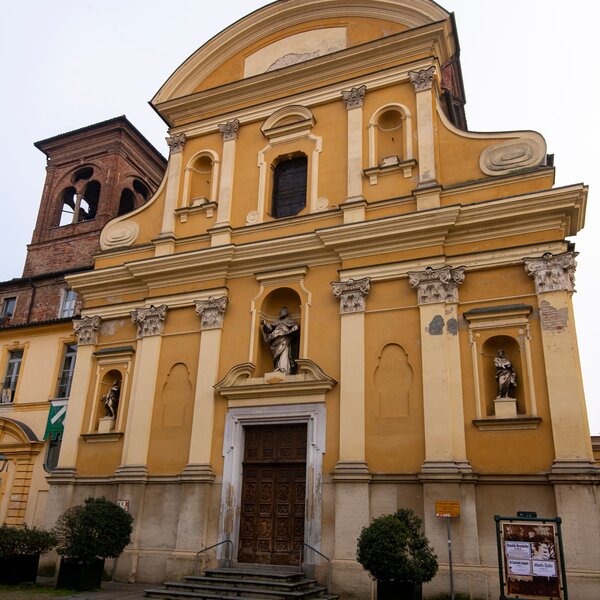
Asti, among the fortified houses of San Martino
Find out more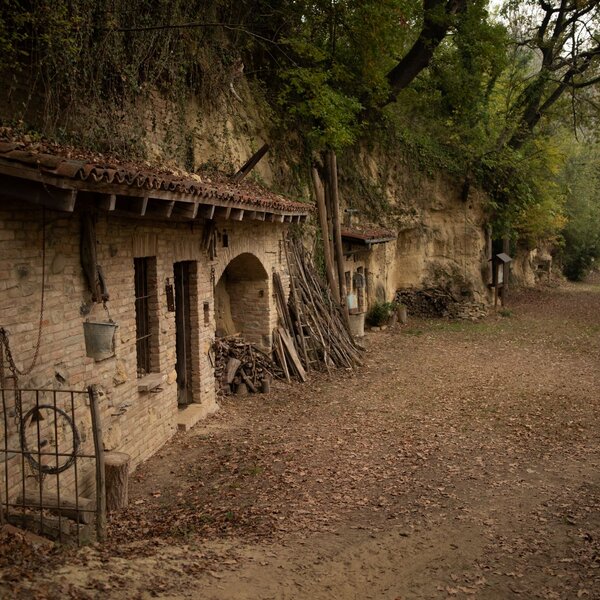
A stroll through the “ventine”: from Asti to Mombarone
Find out moreIn fact, anyone who walks through the streets of the centre today will think that the noble families of Asti, with their names and their blind fury, still claim " power" over Asti at night and that, from towers and palaces, loggias and hallways, through these centuries-old stones, they still whisper their stories.
Nevertheless, their stories and buildings are still here, all to be discovered. We can do it together by following four itineraries in the city and beyond.
Find out more
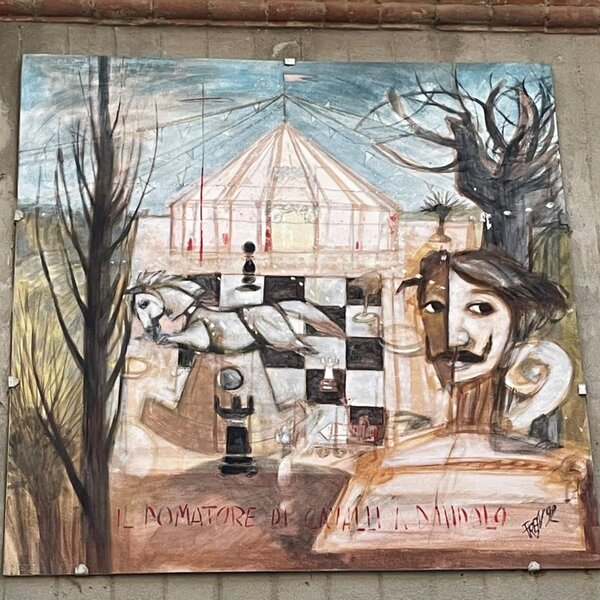
A stroll through the “ventine” – from Asti to Montemarzo
Find out more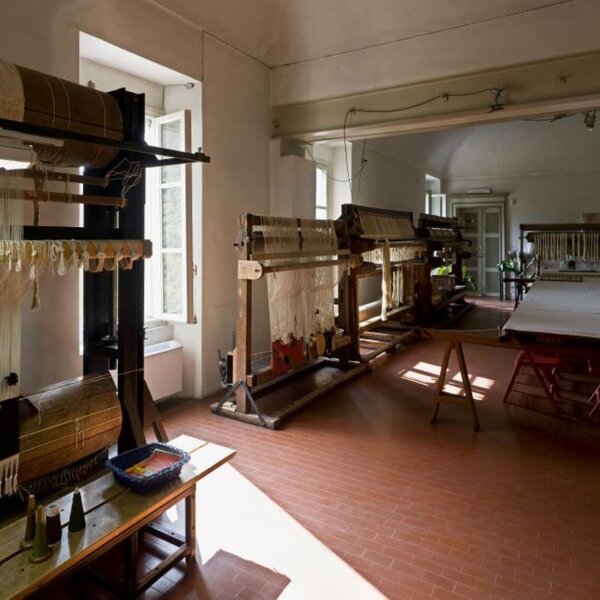
A stroll through the “ventine” – from Asti to Viatosto
Find out morePLEASE NOTE: Responsibility for the maintenance and practicability of the various trails lies with the municipalities where the routes are located. The Tourist Board, therefore, cannot be held responsible for any inefficiencies, but is willingly available to collect your reports so that they can be forwarded to the authorities concerned.
